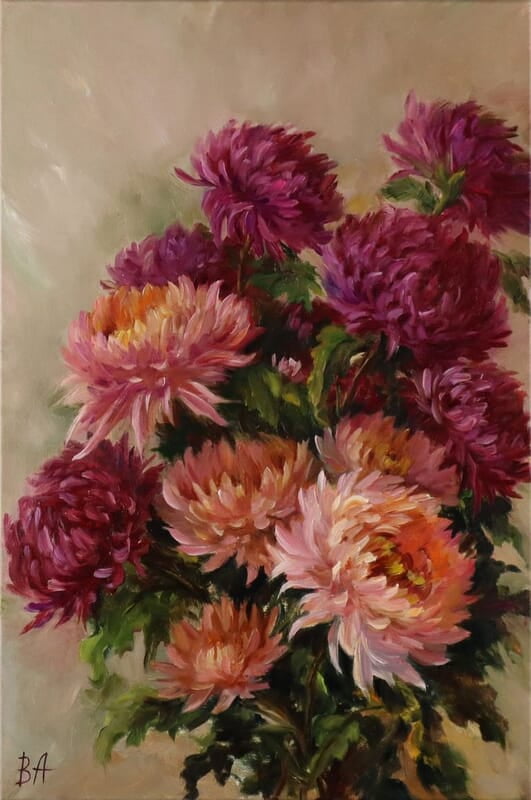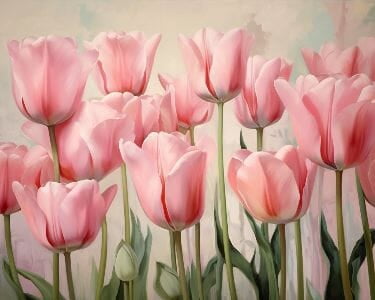
Pink Lotus Painting
A lotus painting typically focuses on the lotus flower, which is a symbol of purity, enlightenment, and rebirth in many cultures, particularly in Eastern traditions like Buddhism and Hinduism. The painting might depict the lotus in various stages of bloom, from a closed bud to a fully open flower.
Customize
Product Details
Key Elements:
Lotus Flower:
- Petals: The petals of the lotus can be delicate and translucent or bold and vibrant, depending on the artistic style. They might be shown in shades of pink, white, blue, or other colors.
- Structure: The flower often sits atop a stem or a series of leaves. The structure can be depicted with fine details, showing the layered arrangement of petals and the subtle gradients of color.
Leaves and Stems:
- Leaves: Lotus leaves are large and round, often depicted with a glossy surface and sometimes with visible veins. They might be shown floating on the water or emerging from the stem.
- Stem: The stem of the lotus might be shown curving gracefully or standing straight, often emerging from the water or a background of greenery.
Water:
- Surface: The lotus is frequently shown on the surface of a pond or lake. The water might be painted with reflections and ripples to create a sense of calm and serenity.
- Background: Sometimes, the water may include other elements like lily pads, water lilies, or even small fish, depending on the composition and style of the painting.
Color Palette:
- Vibrancy: Colors can range from soft pastels to vibrant hues, with gradients and shading that emphasize the lotus's ethereal beauty.
- Contrast: The contrast between the lotus and its background can be used to highlight the flower and draw the viewer's eye.
Symbolic Elements:
- Buddhist Influence: In Buddhist art, the lotus might be depicted with figures of deities or bodhisattvas, symbolizing spiritual awakening.
- Hindu Influence: In Hindu art, the lotus might be associated with gods and goddesses, representing purity and divine beauty.
Artistic Styles:
- Traditional: In traditional styles, such as those found in Eastern art, the lotus might be depicted with meticulous detail and a reverent tone.
- Abstract: In more modern or abstract styles, the lotus may be rendered with bold colors and shapes, focusing on the essence and symbolism rather than realistic detail.
- Watercolor: Watercolor paintings of the lotus often capture its delicate nature with soft washes of color and subtle blending.
Cultural Significance:
In many cultures, the lotus is not just a beautiful flower but a powerful symbol. For instance, in Buddhism, it represents the potential for enlightenment and the journey from the murky depths of ignorance to the purity of wisdom. In Hinduism, it symbolizes the divine beauty and purity of deities like Lakshmi and Vishnu.
Each painting might have its unique flair, influenced by the artist's interpretation and the cultural context, but these elements generally capture the essence of what makes lotus paintings so compelling and meaningful.

